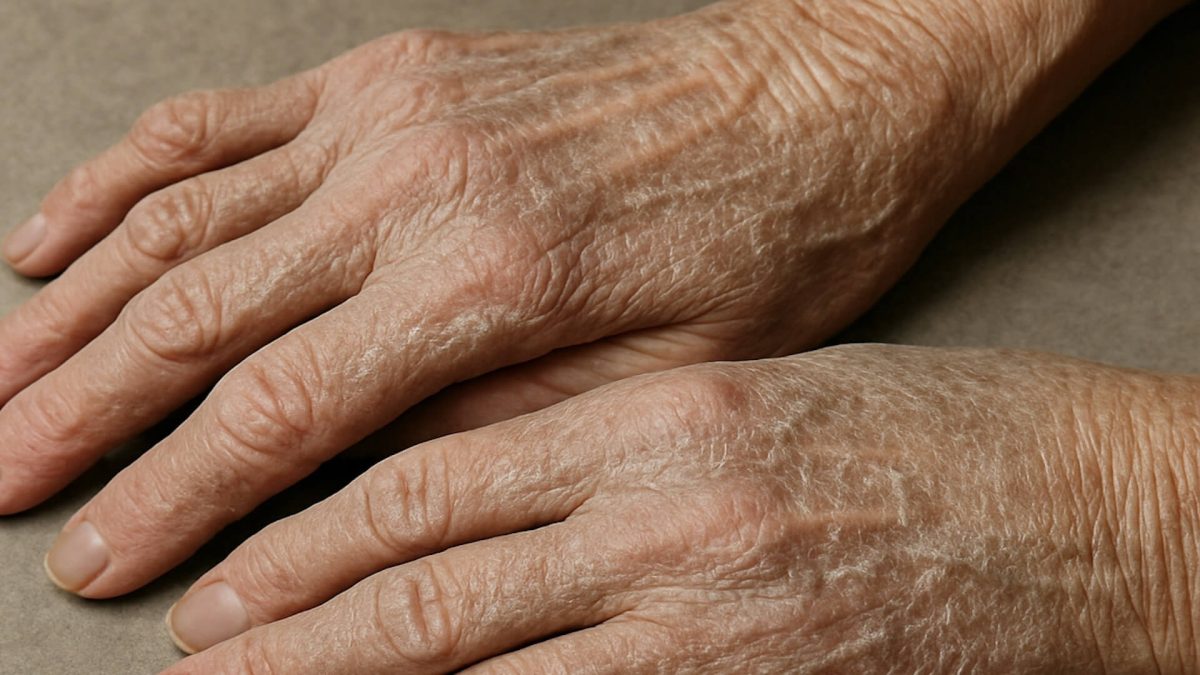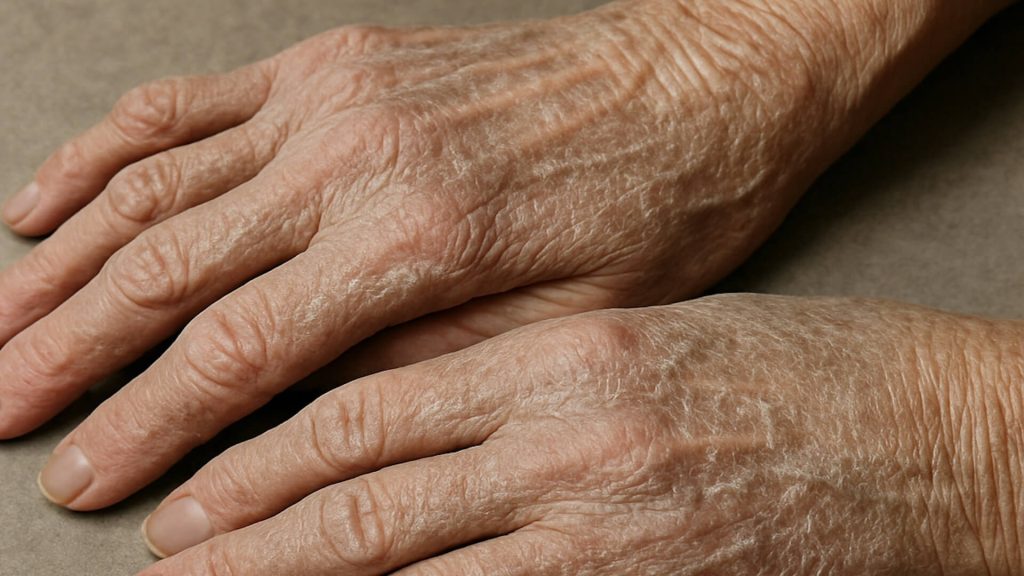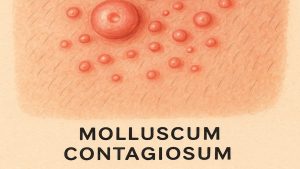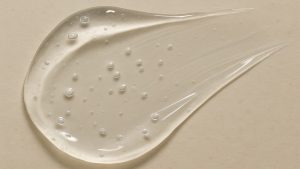 Monderma
MondermaTitanium dioxide provides gentle, eco-safe UV protection
- 03 Feb 2025
- Xerosis causes dryness from low hydration
- Common in older adults and dry climates
- Symptoms include itchiness, flaking, and redness
- Prevention relies on regular emollient use
- Urea creams support hydration and skin repair
Xerosis is a prevalent condition that affects individuals across all age groups. Defined by inadequate hydration in the stratum corneum, xerosis can result in discomfort, itchiness, and visible dryness [1]. While often mild, untreated xerosis can lead to irritation and infection in severe cases.
In this article, we explore the causes, symptoms, and prevention strategies for xerosis, including clinical evidence supporting emollient and urea-based treatments. Xerosis is particularly common in older adults, with a 55.6% prevalence among elderly patients in primary care [2]. Underlying conditions such as hypothyroidism and atopic dermatitis further increase risk [2].

Symptoms Of Xerosis
Individuals with xerosis may experience various signs and symptoms:
| Symptom | Description |
|---|---|
| Pruritus (itchy skin) | Persistent itchiness that may worsen dryness if scratched |
| Scaling or flakiness | Rough or scaly texture, especially on limbs |
| Cracking and fissures | Deep dryness leading to cracks that increase infection risk |
| Redness or inflammation | Local irritation or mild inflammation in affected areas |
Table 1: Common symptoms of xerosis
Symptom severity may vary depending on environmental and medical factors.
Causes Of Xerosis
To effectively manage xerosis, it is essential to identify the underlying causes:
Environmental factors: Low humidity, cold air, and frequent hot water exposure deplete skin moisture [1].
Lifestyle factors: Insufficient water intake and harsh cleansers can worsen dryness [1].
Medical conditions: Atopic dermatitis, psoriasis, and hypothyroidism are linked to chronic xerosis [2].
Prevention Strategies For Xerosis
According to NHS guidance, hydration and consistent emollient use are key to prevention [1]. Establishing a daily skincare routine supports the skin barrier and reduces recurrence.
Gentle cleansing: Use mild, fragrance-free cleansers to avoid stripping natural oils.
Regular moisturisation: Apply emollients immediately after bathing to trap moisture [4].
Barrier support: Ceramides play a critical role in repairing and reinforcing the skin barrier [3].
Environmental control: Humidifiers can maintain air moisture and prevent dryness.
| Strategy | Benefit |
|---|---|
| Regular emollient use | Improves hydration and reduces roughness |
| Urea-based creams | Restores smoothness and supports exfoliation |
| Ceramide-rich products | Strengthens barrier and retains moisture |
Table 2: Prevention strategies for xerosis
Treatment Options For Xerosis
Over-The-Counter Remedies
Emollients are first-line treatments that soothe, smooth, and hydrate dry skin. Apply generously after bathing for best effect [1,4]. Clinical evidence supports topical urea (4–10%) as an effective treatment for xerosis and atopic dermatitis [5].
Prescription Treatments
For persistent or severe dryness, dermatologists may recommend:
- Topical corticosteroids: To reduce inflammation and relieve itching
- Calcineurin inhibitors: Steroid-free alternatives that control inflammation safely
Lifestyle Modifications
Dietary and behavioural adjustments support long-term results:
- Nutrition: Include omega-3 fatty acids and antioxidants to promote skin resilience
- Avoid irritants: Choose fragrance-free personal care products and mild detergents
Conclusion
While xerosis is common, consistent hydration, emollient use, and barrier support are vital for maintaining soft, comfortable skin. Early recognition and prevention help reduce discomfort and complications associated with dryness.
Explore how Monderma’s personalised treatments may enhance your skincare routine through a free consultation, and consider sharing this article to help others manage dry, itchy skin.
Content is for informational purposes only. Monderma treatments are prescribed following consultation. Results and timeframes can vary. Use as directed by your prescriber.
References
- NHS Shropshire, Telford and Wrekin. Mild Dry Skin. 2022.
- Paul C, Maumus-Robert S, Mazereeuw-Hautier J, et al. Prevalence and Risk Factors for Xerosis in the Elderly: A Cross-Sectional Epidemiological Study in Primary Care. Dermatology. 2011;223(3):260–265.
- Proksch E, Brandner JM, Jensen JM. The Skin: An Indispensable Barrier. Exp Dermatol. 2008;17(12):1063–1072.
- BSW Formulary, NHS. Emollient and Barrier Preparations.
- Piquero-Casals J, Morgado-Carrasco D, Granger C, et al. Urea in Dermatology: A Review of Its Emollient, Moisturising, Keratolytic and Anti-Microbial Properties. Clin Cosmet Investig Dermatol. 2021;14:647–658.
Find your perfect skincare formula
Takes less than 2 minutes – see what your skin needs
Get Custom Formula



















